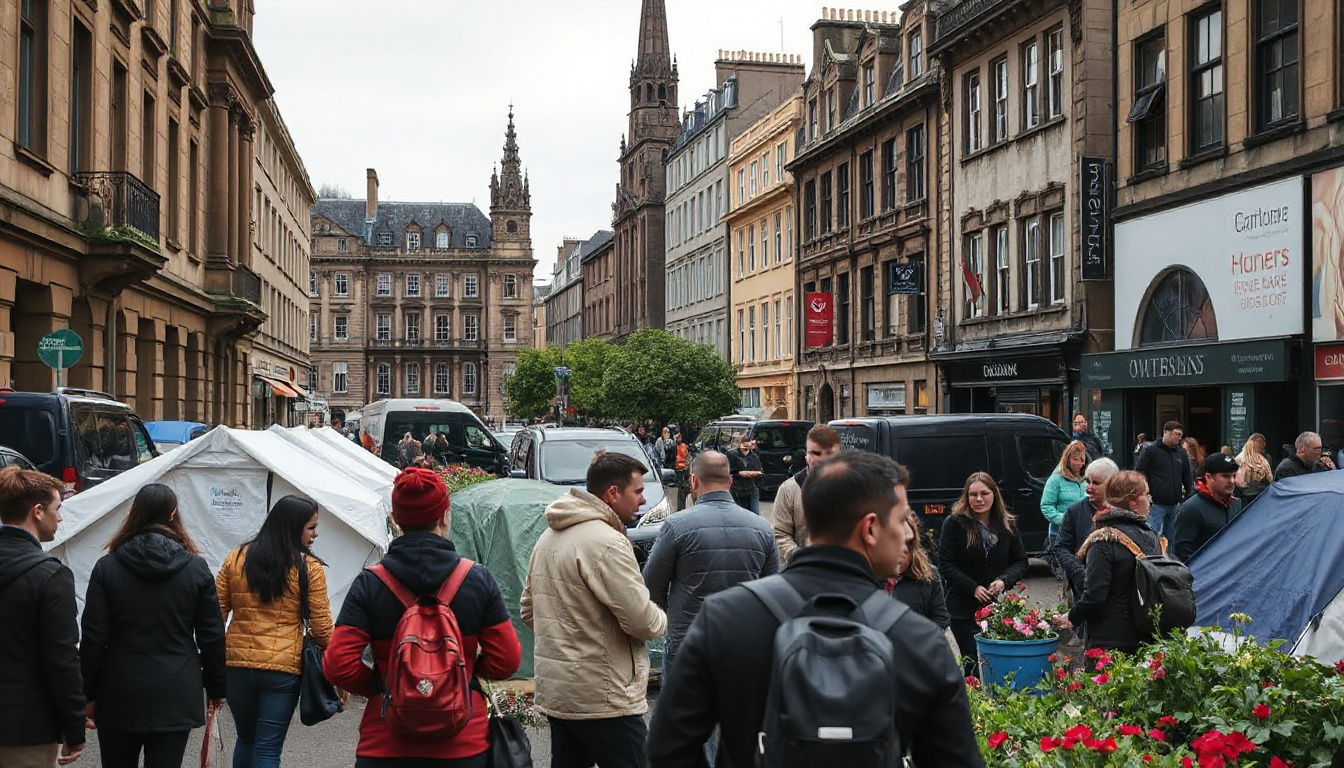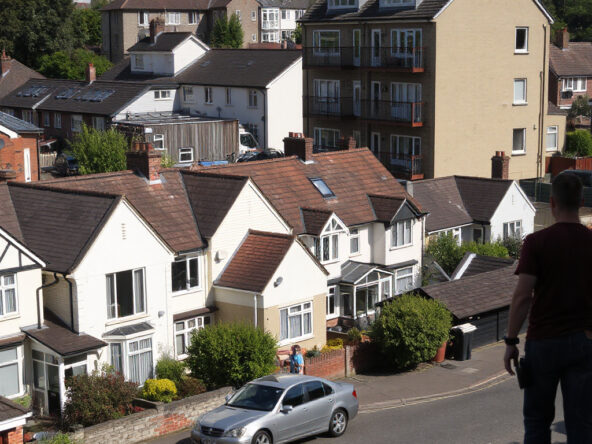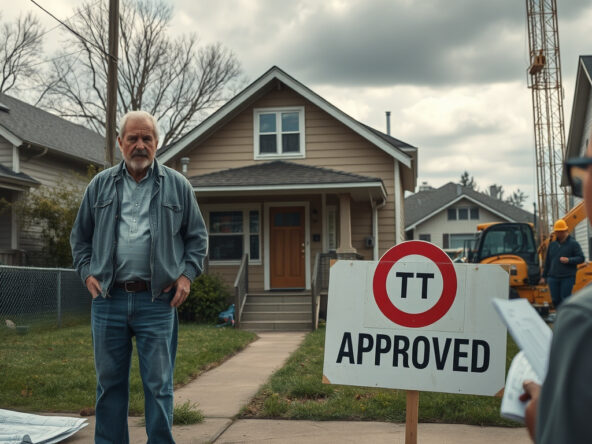Potential Relocation of Homeless Individuals in Edinburgh
A recent scheme, arising amid administrative exigencies and defined by manifold statutory constraints, seeks to reassign Edinburgh’s homeless population; this relocation initiative forms part of a wider municipal plan to end the reliance on transient dwellings that lack proper licensure.
Background and Current Situation
Following a post-pandemic surge in housing demand, the council has maintained use of hotels and bed-and-breakfasts as provisional shelters; these arrangements, characterized by their unlicensed status as Houses in Multiple Occupation, now demand remedial action. Approximately 650 individuals are recorded as residing in these regulated voids, a circumstance that tightens the nexus between immediate shelter needs and legal obligations.
Proposed Actions
Should licensed accommodations remain insufficient by month’s end, council officials envisage transferring 10% of current occupants to properties beyond the city’s immediate confines; proposals for roughly 70 domiciliary units, mapped within a 50-mile radius of Edinburgh, currently populate the administrative review, while municipal planners hold a tentative preference for internally sourced resolutions.
Legal and Financial Implications
Initiated amid the lockdown of 2020, the decision to employ unlicensed accommodations was intended to provide immediate shelter; however, this measure now correlates with significant legal and financial pressures, as statutory health and safety regulations may be compromised by ongoing funding of these temporary arrangements. In response, the council has halted new social housing applications while undertaking a systematic reactivation of existing properties—174 council homes have resumed occupancy, with further reoccupations anticipated.
Short-term Measures
An immediate pause on housing applications and non-essential repair work has been implemented to focus on the swift reallocation of available properties to those in need—such measures are designed to ensure that should relocation become necessary, provisional placements can be operationalized without delay.
Conclusion
Edinburgh’s municipal management, entwined within a multifaceted framework of regulatory demands and fiscal recalibrations, now institutes measures intended to secure enduring, licensed domiciliary placements within its jurisdiction for vulnerable populations, thereby negotiating the delicate association between urgent accommodation needs and binding legal standards.



